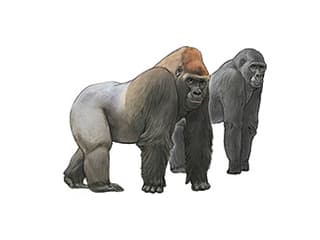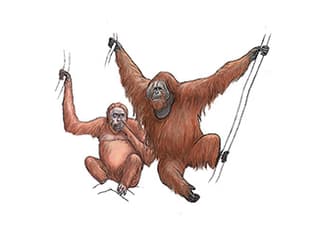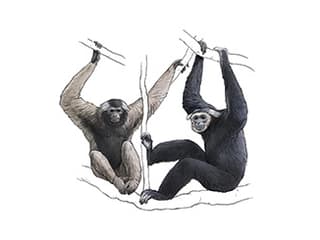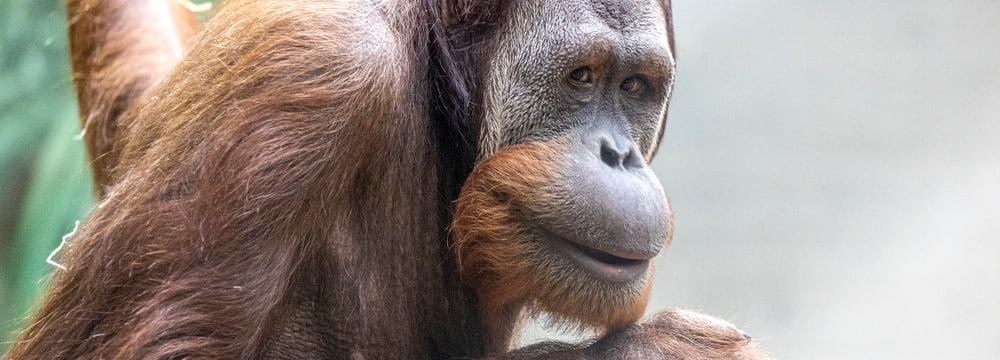
Mirror self-recognition in great apes
Humans recognise themselves in a mirror. But what about our primate relatives?
Since they cannot tell us what or whom they see in a mirror, we have to interpret their behaviour – just as with children unable to speak yet. And as with children, we consider nonhuman primates (and other animals) using the reflection in a mirror for investigating body parts that cannot be seen without a mirror, e.g., the own mouth or a coloured mark on the forehead, as being able to recognise themselves.

Great apes, such as gorillas, show different reactions to tests with mirrors than small apes. Photo: Zoo Zürich, Enzo Franchini
So far, only great apes, i.e., bonobos, chimpanzees, gorillas and orangutans, have shown such behaviour. But even among them, there is much variation. On the other hand, small apes (gibbons) and other primates have not demonstrated it yet.
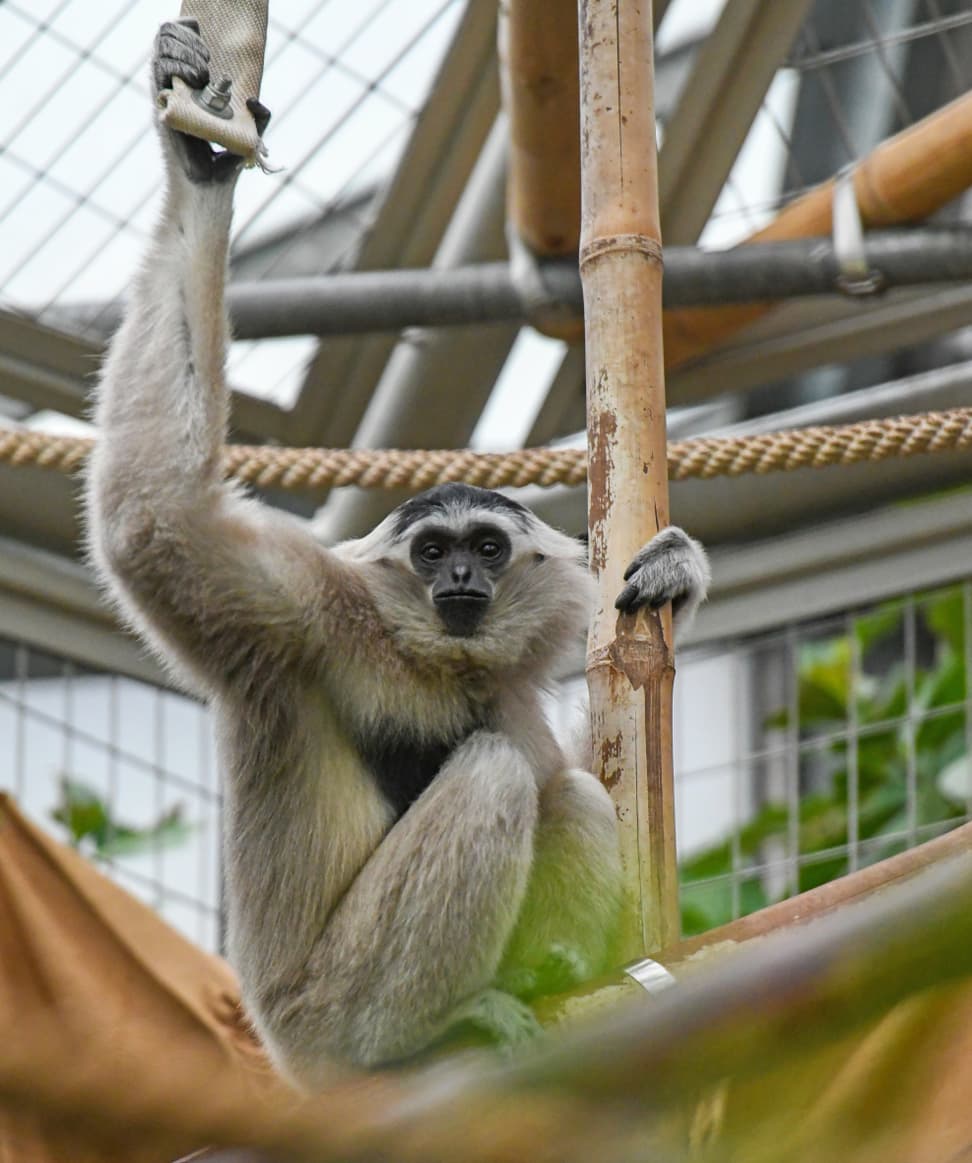
The Max Planck Institute also studies how small apes, like gibbons, react to the mirrors. Foto: Zoo Zürich, Pascal Marty
Study in 14 Zoos
In a comparative study with about 250 apes in 14 zoological gardens, including the gorillas, orangutans and gibbons at Zoo Zurich, scientists from the Max Planck Institute for Evolutionary Anthropology aim to explore these similarities and differences. For this purpose, the apes are presented with body-sized as well as small hand mirrors with which they can engage and interact if and as they like. Their interactions will be recorded and then analysed.us.
More information about the Great Ape Research Network:
